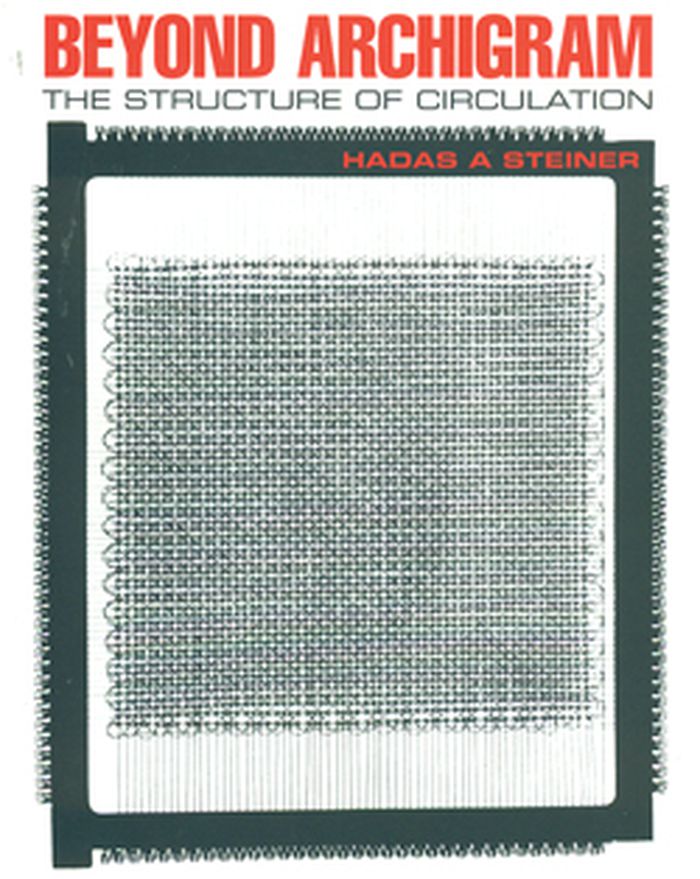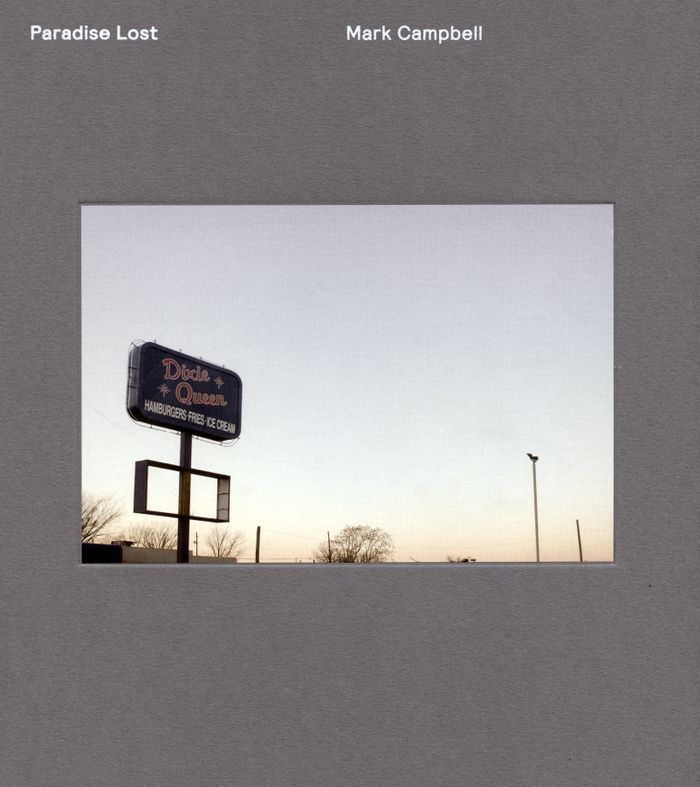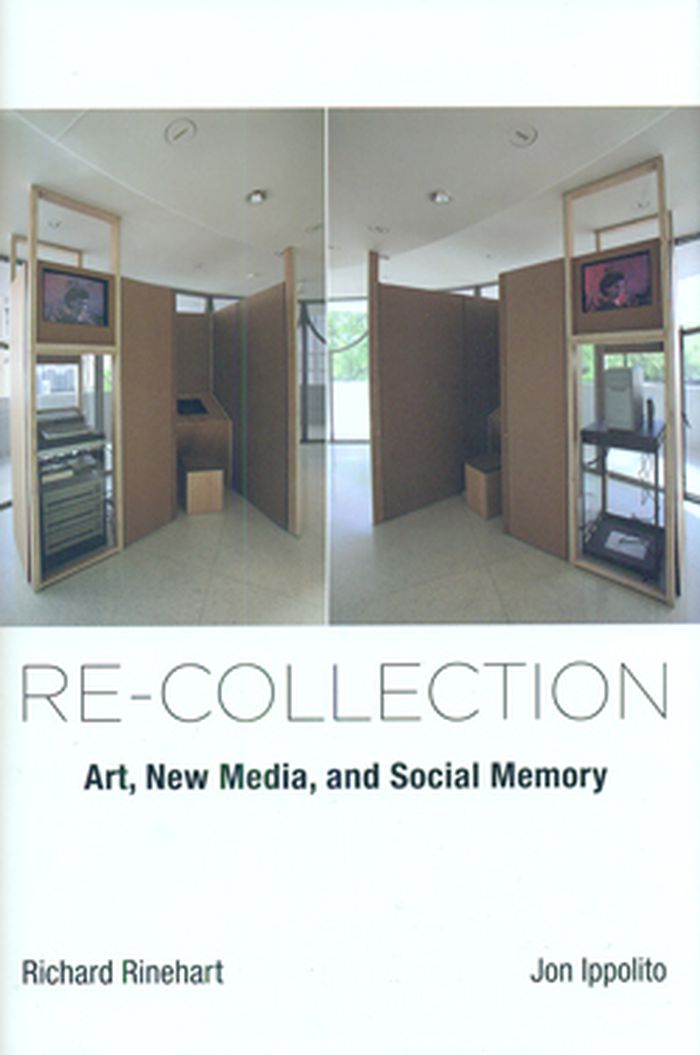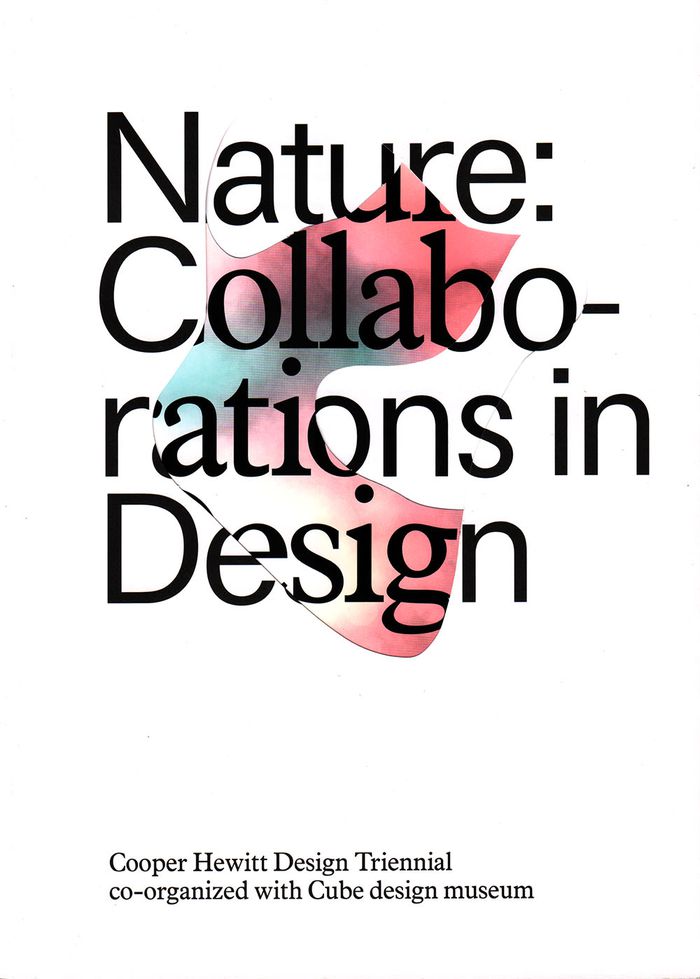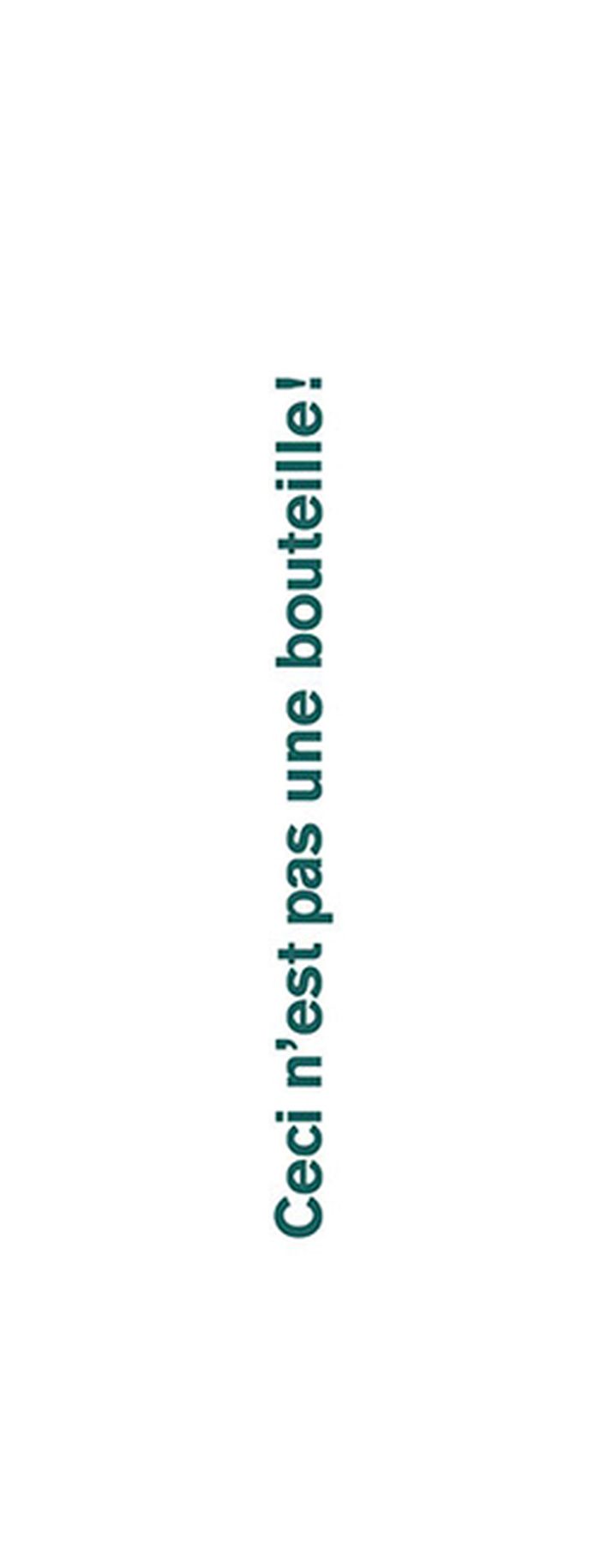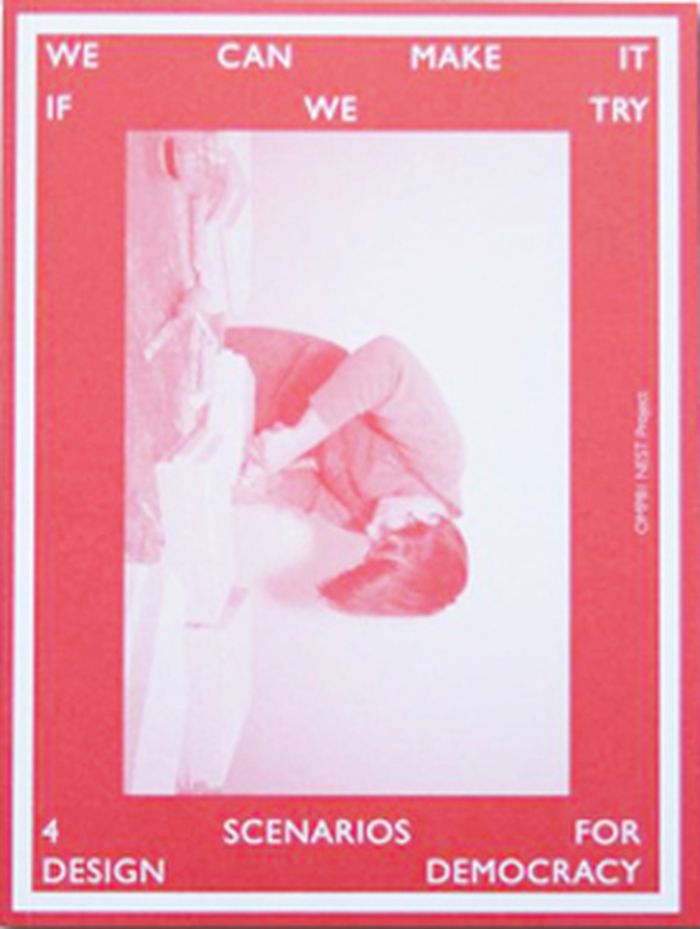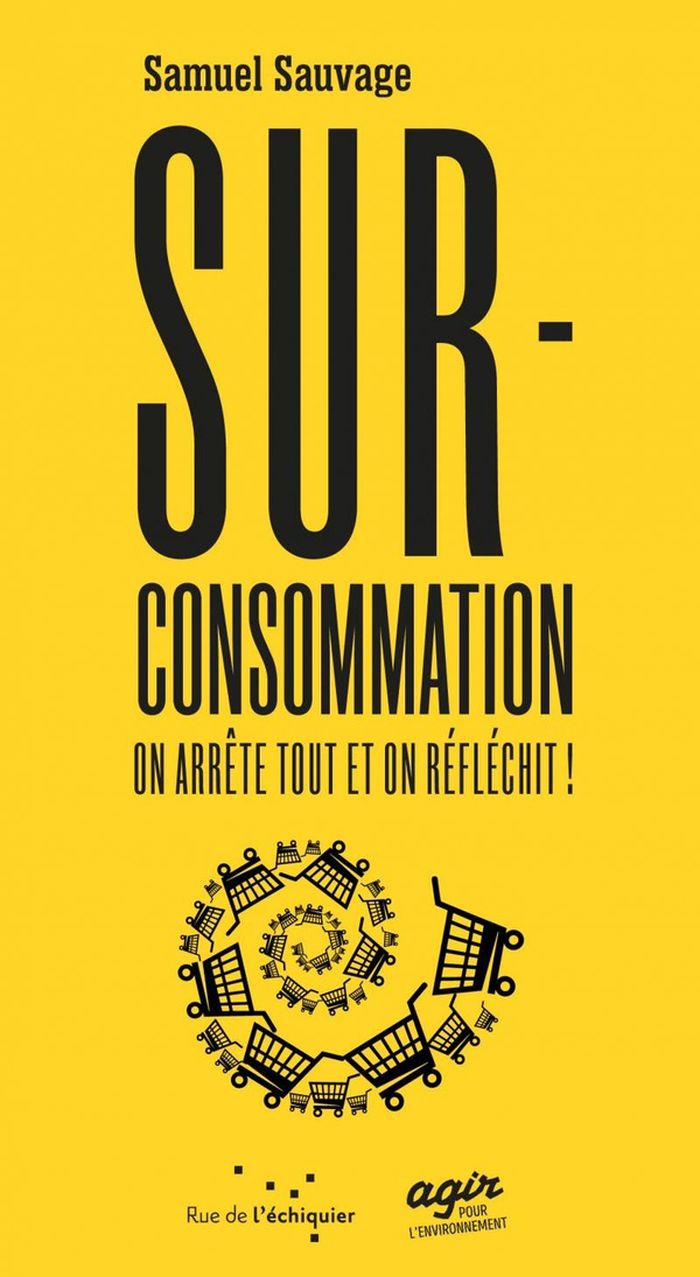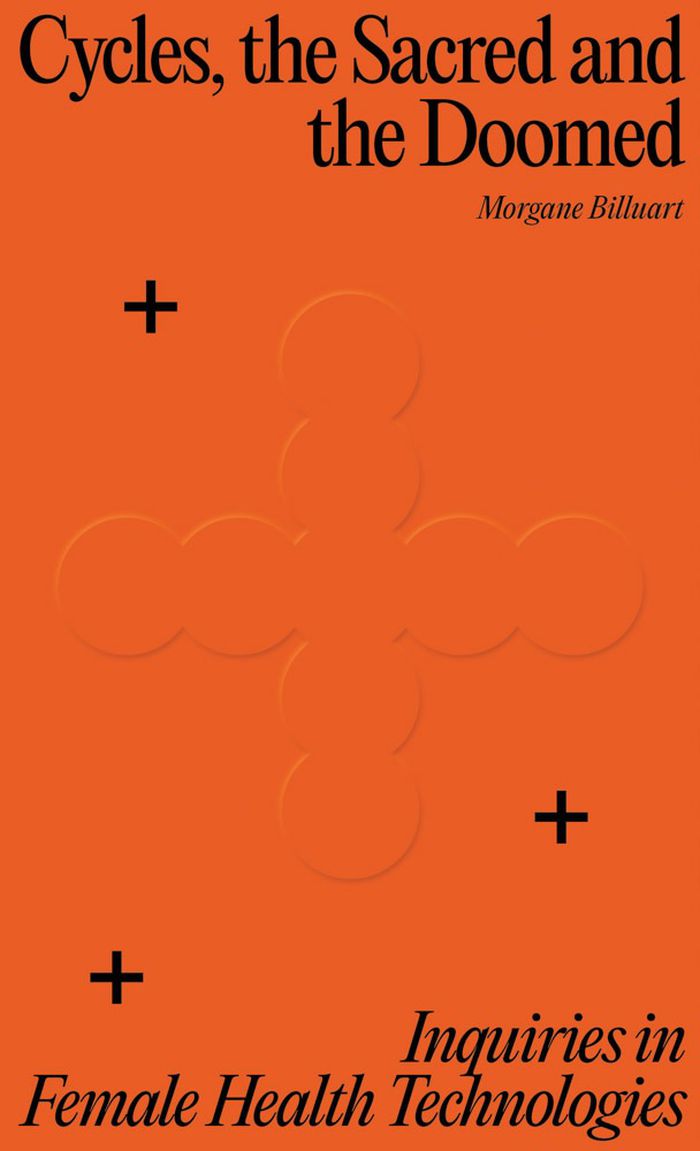$54.95
(disponible sur commande)
Résumé:
Archigram, the magazine published irregularly between 1961 and 1970, and the name of the group that created it, is among the most significant phenomena to emerge in post-war architectural culture. The wired environments first advertised in the magazine's pages formulated an architectural vocabulary of metamorphosis and obsolescence. This vocabulary cross-pollinated(...)
Beyond archigram: the structure of circulation
Actions:
Prix:
$54.95
(disponible sur commande)
Résumé:
Archigram, the magazine published irregularly between 1961 and 1970, and the name of the group that created it, is among the most significant phenomena to emerge in post-war architectural culture. The wired environments first advertised in the magazine's pages formulated an architectural vocabulary of metamorphosis and obsolescence. This vocabulary cross-pollinated industrial and digital technology at the same time as complex systems were becoming commercially available and more widely used.
Architecture, monographies
Paradise lost
$49.95
(disponible sur commande)
Résumé:
This book explores the notion of architectural obsolescence through a study of the contemporary United States. While the US was the world's greatest economic, scientific and cultural force during the twentieth century, it now appears to be obsessed with its own decline. In this obsession the changing patterns of consumption and demand often result in an architectural(...)
Paradise lost
Actions:
Prix:
$49.95
(disponible sur commande)
Résumé:
This book explores the notion of architectural obsolescence through a study of the contemporary United States. While the US was the world's greatest economic, scientific and cultural force during the twentieth century, it now appears to be obsessed with its own decline. In this obsession the changing patterns of consumption and demand often result in an architectural redundancy where buildings exist as a form of by-product or residue.
Théorie de l’architecture
$39.95
(disponible sur commande)
Résumé:
In Re-collection, Richard Rinehart and JonIppolito argue that the vulnerability of new media art illustrates a larger crisis for social memory. They describe a variable media approach to rescuing new media,distributed across producers and consumers who can choose appropriate strategies for each endangered work. New media art poses novel preservation and conservation(...)
Re-collection: art, new media, and social memory
Actions:
Prix:
$39.95
(disponible sur commande)
Résumé:
In Re-collection, Richard Rinehart and JonIppolito argue that the vulnerability of new media art illustrates a larger crisis for social memory. They describe a variable media approach to rescuing new media,distributed across producers and consumers who can choose appropriate strategies for each endangered work. New media art poses novel preservation and conservation dilemmas. Given the ephemerality of their mediums, software art, installation art, and interactive games may be heading to obsolescence and oblivion.
Théorie de l’art
$55.00
(disponible sur commande)
Résumé:
Designers today are striving to transform our relationship with the natural world. Although humans are intrinsically linked to nature, our actions have frayed this relationship, forcing designers to think more intentionally and to consider the impact of every design decision, from an artifact's manufacture and use to its obsolescence. As a result, designers are aligning(...)
Nature: collaborations in design
Actions:
Prix:
$55.00
(disponible sur commande)
Résumé:
Designers today are striving to transform our relationship with the natural world. Although humans are intrinsically linked to nature, our actions have frayed this relationship, forcing designers to think more intentionally and to consider the impact of every design decision, from an artifact's manufacture and use to its obsolescence. As a result, designers are aligning with biologists, engineers, agriculturists, environmentalists and many other specialists to design a more harmonious and regenerative future. Based on these new partnerships, designers are asking different questions and anticipating future challenges, which not only change the design process, but also what design means.
Design industriel
Ceci n'est pas une bouteille
$49.95
(disponible sur commande)
Résumé:
ette paraphrase du fameux Ceci n’est pas une pipe de Magritte (1928) pose la question du rapport entre un objet – en l’occurence, une bouteille –, son statut et sa représentation. Le récipient vu par le mudac et celui de la collection du MVVV semblent de natures différentes. Pourtant, les deux sont le résultat de procédures culturelles légitimes, qui leur assurent un(...)
Ceci n'est pas une bouteille
Actions:
Prix:
$49.95
(disponible sur commande)
Résumé:
ette paraphrase du fameux Ceci n’est pas une pipe de Magritte (1928) pose la question du rapport entre un objet – en l’occurence, une bouteille –, son statut et sa représentation. Le récipient vu par le mudac et celui de la collection du MVVV semblent de natures différentes. Pourtant, les deux sont le résultat de procédures culturelles légitimes, qui leur assurent un statut à part en tant qu’objets de collection. Leurs formes communiquent aussi sur d’autres plans : matériaux (qualités de verre, bois), aspect pratique (utilité, obsolescence, détournement), usage (traces, poussières, brillance). L’ouvrage met en valeur une soixantaine de pièces rassemblées par les deux institutions.
$105.00
(disponible en magasin)
Résumé:
The high-tech architecture of the 1970s–1990s is typically characterized by the use and exhibition of advanced technologies. In terms of appearance, these buildings often have innovative façades, supporting structures accentuated in color, and expressively displayed technology systems. Unfortunately, however, the rapid obsolescence of technology has often led to the(...)
août 2024
High-tech heritage: (Im) permanence of innovative architecture
Actions:
Prix:
$105.00
(disponible en magasin)
Résumé:
The high-tech architecture of the 1970s–1990s is typically characterized by the use and exhibition of advanced technologies. In terms of appearance, these buildings often have innovative façades, supporting structures accentuated in color, and expressively displayed technology systems. Unfortunately, however, the rapid obsolescence of technology has often led to the complete replacement of the very systems that defined the architectural form. In 2023, an international conference at ETH Zurich in collaboration with Bauhaus-Universität Weimar explored the question of how best to deal with the structural legacy of technologically innovative architecture. This book summarizes the results and provides an overview of the current state of research.
$36.95
(disponible sur commande)
Résumé:
Has the consumer displaced the designer, or is the idea of 'open design' just an illusion? Has the wide availability of knowledge and information, small-scale industrial applications, simplified tools and computer applications led to the obsolescence of the (design) expert? Who then is the designer: the amateur or the expert? The boundaries are certainly fading – so what(...)
We can make it if we try: 4 scenarios for design and democracy
Actions:
Prix:
$36.95
(disponible sur commande)
Résumé:
Has the consumer displaced the designer, or is the idea of 'open design' just an illusion? Has the wide availability of knowledge and information, small-scale industrial applications, simplified tools and computer applications led to the obsolescence of the (design) expert? Who then is the designer: the amateur or the expert? The boundaries are certainly fading – so what makes these particular designers distinctive and to what could that be attributed? We Can Make It If We Try wants to discuss role as designers. Four designers present production possibilities and tools that demand our input. The effectiveness of these structures, what we can do with them, that is up to you…
Théorie du design
$26.95
(disponible en magasin)
Résumé:
Le paradoxe est frappant : alors que le pouvoir d’achat culmine en tête des préoccupations de nos contemporains, nous consommons beaucoup trop au regard de nos besoins réels et des limites planétaires. Samuel Sauvage décrypte les rouages de cette addiction généralisée et de son corollaire, la production de masse. Une spirale implacable qu’il analyse à travers les(...)
Surconsommation : On arrête tout et on réfléchit !
Actions:
Prix:
$26.95
(disponible en magasin)
Résumé:
Le paradoxe est frappant : alors que le pouvoir d’achat culmine en tête des préoccupations de nos contemporains, nous consommons beaucoup trop au regard de nos besoins réels et des limites planétaires. Samuel Sauvage décrypte les rouages de cette addiction généralisée et de son corollaire, la production de masse. Une spirale implacable qu’il analyse à travers les mécanismes du « Bémol » : Besoins artificiels, Extension des marchés, Marchandisation de la société, Obsolescence programmée et "Low cost." Pour sortir de cette spirale, la voie de l’action individuelle – la fameuse « consommation responsable » – doit être repensée et surtout intégrée à une démarche collective et systémique pour mettre un terme à la surconsommation. Face au Bémol, l’auteur appelle à un « Dièse » résolument politique : Désarmer la publicité, Impulser un nouvel imaginaire, Encadrer la production, Soutenir les alternatives, Embarquer les acteurs.
Théorie/ philosophie
livres
Description:
194 pages ; 19 cm
Paris : L'échappée, 2020.
Béton : arme de construction massive du capitalisme / Anselm Jappe.
Actions:
Exemplaires:
Description:
194 pages ; 19 cm
livres
Paris : L'échappée, 2020.
$34.00
(disponible en magasin)
Résumé:
In a world propelled by swift technological progress and perpetual obsolescence, women frequently find themselves adapting and altering their daily experiences in order to remain functional. In the 21st century, as technology purports to comprehensively assess and address women’s conditions and physical discomfort, ''Cycles, the Sacred and the Doomed'' delves deeply into(...)
Cycles, the Sacred and the Doomed: Inquiries in female health technologies
Actions:
Prix:
$34.00
(disponible en magasin)
Résumé:
In a world propelled by swift technological progress and perpetual obsolescence, women frequently find themselves adapting and altering their daily experiences in order to remain functional. In the 21st century, as technology purports to comprehensively assess and address women’s conditions and physical discomfort, ''Cycles, the Sacred and the Doomed'' delves deeply into the realm of female health technologies, revealing a space where science, holistic methods and mythology converge. This book challenges the idea of combining ancient wisdom with modern innovation and takes readers on a multidisciplinary journey to explore the intricacies of women’s health. What roles can digital tools and devices play in promoting female health? How can the use of digital tools and devices be beneficial for the promotion of female well-being? How might digital tools and devices be used to support and improve these systems?
Social
